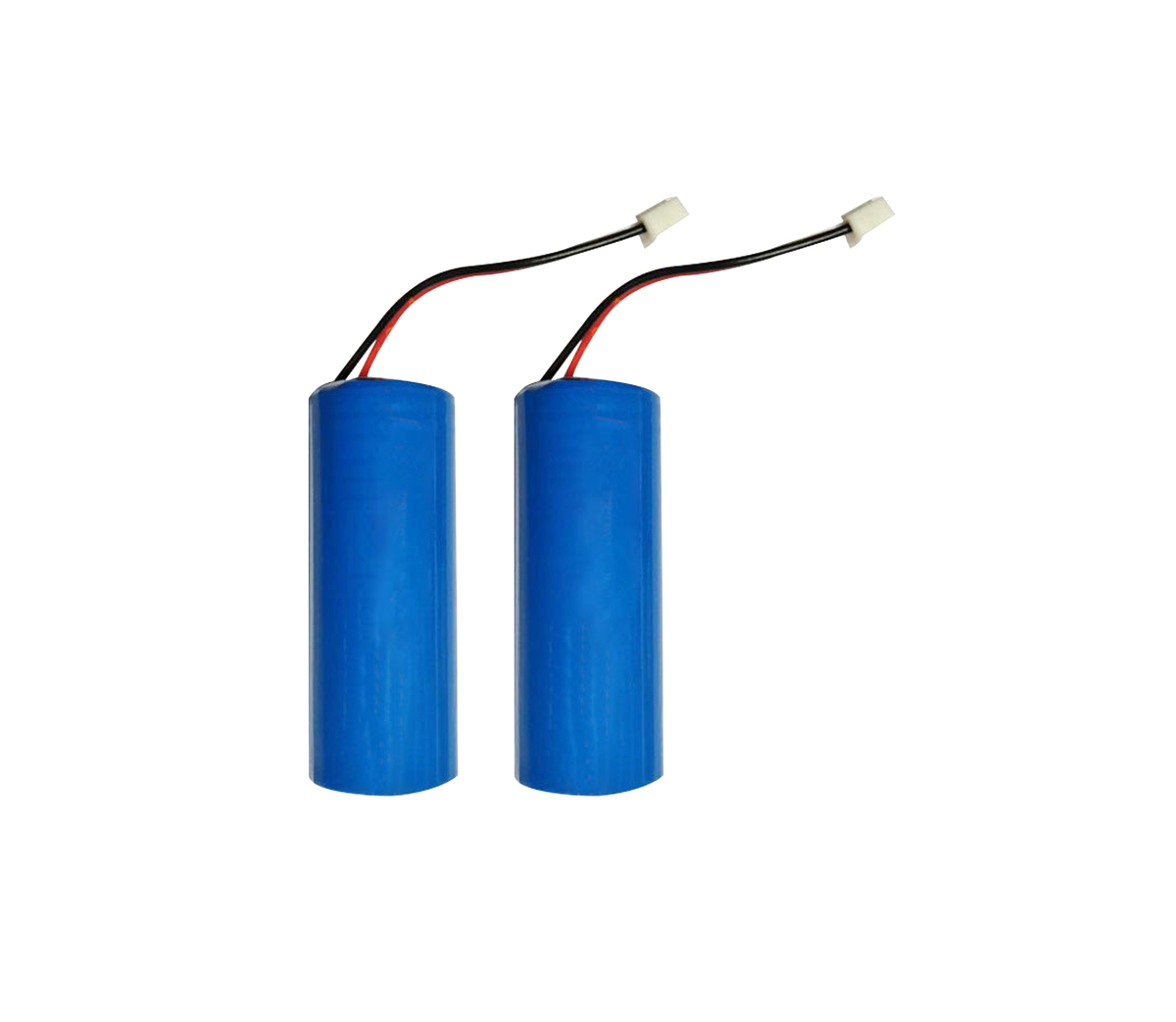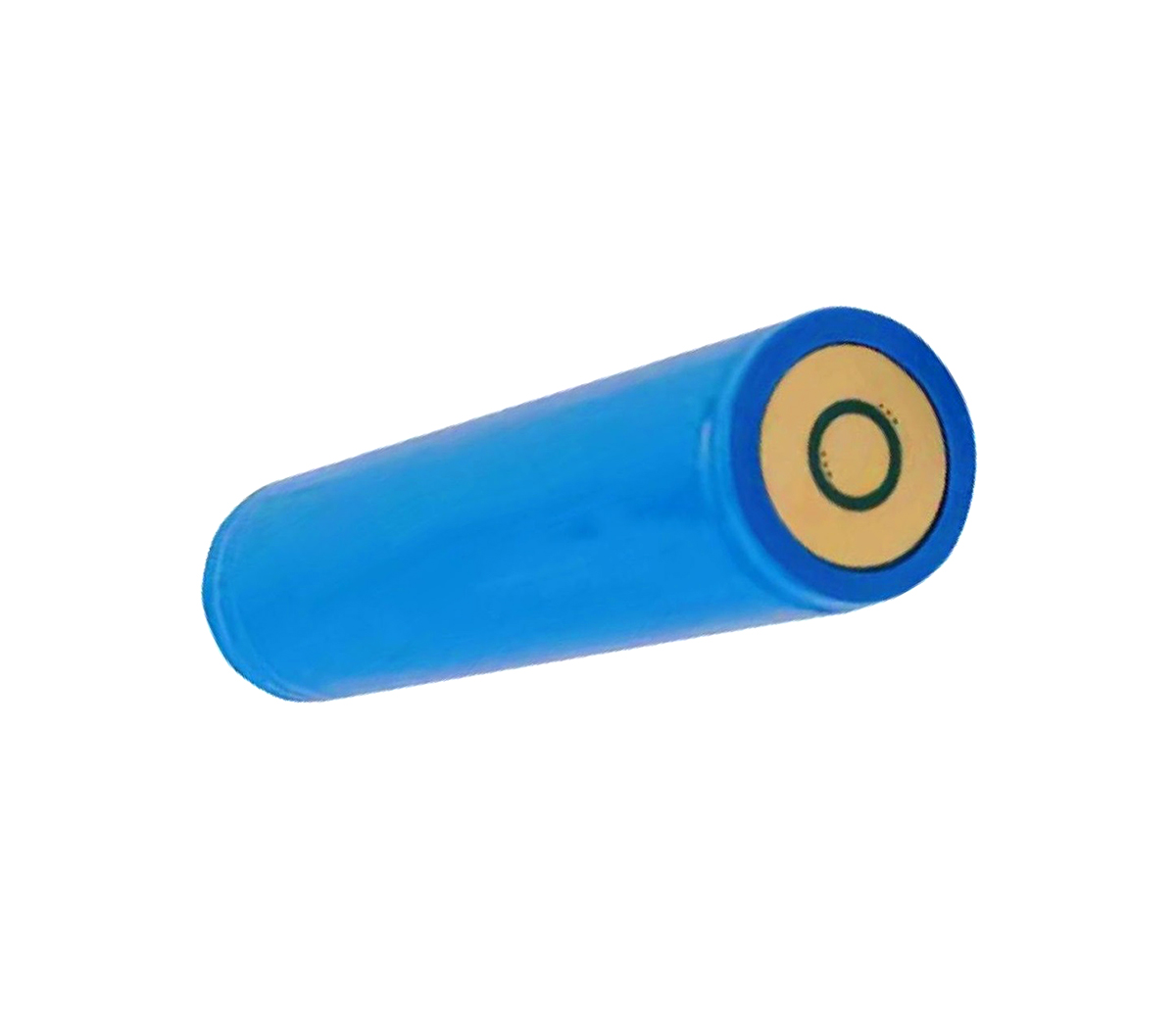List ten new lithium battery materials with the most potential for research
and development
The development of lithium batteries is in a bottleneck period, and the
energy density is close to its physical limit. We need new materials or
technologies to achieve breakthroughs in lithium batteries. The following
battery materials have been optimistic about the industry, or will become a
breakthrough in breaking the barriers of lithium batteries.
The development of lithium batteries is in a bottleneck period, and the
energy density is close to its physical limit. We need new materials or
technologies to achieve breakthroughs in lithium batteries. The following
battery materials have been optimistic about the industry, or will become a
breakthrough in breaking the barriers of lithium batteries.
1 silicon carbon composite anode material
The large screen and diversified functions of digital terminal products
have put forward new requirements for battery life. The current lithium battery
materials have a low gram capacity, which cannot meet the growing demand for
batteries from terminals.
Silicon-carbon composite material is a kind of anode material in the
future. Its theoretical gram capacity is about 4200mAh/g or more, which is more
than 10 times higher than the 372mAh/g of graphite anode. After its
industrialization, it will greatly increase the capacity of the battery.
The main problems existing in silicon-carbon composites are:
The volume expansion can reach 300% during charging and discharging, which
will cause silicon material particles to pulverize and cause material capacity
loss. At the same time, the liquid absorption capacity is poor.
Poor cycle life. At present, the above problems are being solved by means
of silicon powder nanometerization, silicon carbon coating, and doping, and some
companies have made certain progress.
Related R&D companies:
At present, major material manufacturers are developing silicon-carbon
composite materials, such as BTR, Snow, Star City Graphite, Huzhou Chuangya,
Shanghai Shanshan, Huawei, Samsung, etc. The situation of domestic anode
material companies in the research and development of silicon-based materials is
that most of the materials companies are still in the research and development
stage, and currently only Shanghai Shanshan has entered the stage of pilot mass
production.
In recent years, the domestic enthusiasm for lithium titanate research and
development has been high.
The main advantages of lithium titanate are:
Long cycle life (up to 10,000 times or more), it is a zero-strain material
(volume change is less than 1%), and does not generate traditional SEI film;
High safety. It has a high lithium insertion potential, does not generate
dendrites, and has extremely high thermal stability during charging and
discharging;
can be charged quickly.
The main factor restricting the use of lithium titanate is that the price
is too high, which is higher than that of traditional graphite. In addition, the
gram capacity of lithium titanate is very low, about 170mAh/g. Only by improving
the production process and reducing the production cost, the advantages of
lithium titanate such as long cycle life and fast charging can play a role.
Combined with the market and technology, lithium titanate is more suitable for
use in buses and energy storage fields that do not require space.
Related R&D companies:
Zhuhai Yinlong, Xingneng, Huzhou Weihong Power Co., Ltd., Shenzhen Beterui
New Energy Materials Co., Ltd., Hunan Shanshan New Materials Co., Ltd. and many
smaller lithium titanate manufacturers around Shenzhen.
Since graphene won the Nobel Prize in 2010, it has attracted worldwide
attention, especially in China. There has been a wave of graphene research and
development in China, which has many excellent properties, such as good light
transmission, excellent electrical conductivity, high thermal conductivity, and
high mechanical strength.
The potential applications of graphene in lithium-ion batteries
include:
is used as a negative electrode material. The gram capacity of graphene is
relatively high, and the reversible capacity is about 700mAh/g, which is higher
than the capacity of graphite-based negative electrodes. In addition, the good
thermal conductivity of graphene ensures its stability in the battery system,
and the inter-layer spacing of graphene sheets is larger than that of graphite,
so that lithium ions diffuse smoothly between graphene sheets, which is
beneficial to improve battery power performance. Due to the immature production
process of graphene and the unstable structure, graphene still has certain
problems as a negative electrode material. For example, the first discharge
efficiency is low, about 65%; the cycle performance is poor; the price is
higher, which is significantly higher than that of traditional graphite negative
electrodes. .
As a positive and negative electrode additive, it can improve the stability
of lithium batteries, extend cycle life, and increase internal conductivity.
In view of the immature mass production process, high price and unstable
performance of graphene, graphene will be the first to be used as a positive and
negative electrode additive in lithium-ion batteries.
Related R&D companies:
Jiawei shares, Dongxu Optoelectronics, Qingdao Haoxin New Energy, Xiamen
Kaina, etc.
4 carbon nanotubes
Carbon nanotube is a carbon material with a graphitized structure. It has
excellent electrical conductivity. At the same time, because of its small depth
and short stroke when releasing lithium, it has less polarization effect when
charging and discharging at a high rate as a negative electrode material, which
can improve The battery's high rate charge and discharge performance.
shortcoming:
When carbon nanotubes are directly used as anode materials for lithium
batteries, there will be problems such as high irreversible capacity, voltage
lag, and unobvious discharge platform. For example, Ng and others have prepared
single-walled carbon nanotubes by simple filtration and used them directly as
the negative electrode material. The first discharge capacity is 1700mAh/g, and
the reversible capacity is only 400mAh/g.
Another application of carbon nanotubes in the negative electrode is to
composite with other negative electrode materials (graphite, lithium titanate,
tin-based, silicon-based, etc.), using its unique hollow structure, high
conductivity and large specific surface area as a carrier Improve the electrical
properties of other negative electrode materials.
Related R&D companies:
Tinai Technology, Nano Harbor, etc.
5 Lithium-rich manganese-based cathode material
High capacity is one of the development directions of lithium batteries,
but the energy density of lithium iron phosphate in current cathode materials is
580Wh/kg, and the energy density of lithium nickel cobalt manganate is 750Wh/kg,
both of which are on the low side. The theoretical energy density of the
lithium-rich manganese base can reach 900Wh/kg, becoming a research and
development hotspot.
The advantages of lithium-rich manganese base as a cathode material
are:
High energy density, abundant main raw materials
Due to the short development time, there are currently a series of problems
with lithium-rich manganese bases:
The first discharge efficiency is very low, the material releases oxygen
during the cycle, which brings safety hazards, poor cycle life, and low rate
performance.
At present, the means to solve these problems include coating, acid
treatment, doping, pre-circulation, heat treatment, etc. Although the
lithium-rich manganese base has obvious advantages in gram capacity and great
potential, it will take time to be marketed in large quantities due to the
slower technological progress.
Related R&D companies:
Ningbo Institute of Materials, Chinese Academy of Sciences, etc.
There has always been a lot of controversy over the route of power
batteries, so routes such as lithium iron phosphate, lithium manganate, and
ternary materials have been adopted. The domestic power battery route is
dominated by lithium iron phosphate, but with Tesla's global popularity, the
ternary material route it uses has caused an upsurge.
Although lithium iron phosphate is highly safe, its low energy density
cannot be overcome, and new energy vehicles require longer cruising range.
Therefore, in the long run, materials with higher gram capacity will replace
lithium iron phosphate and become the next mainstream technology. route.
Nickel-cobalt-manganese lithium ternary material is most likely to become
the mainstream material for the next generation of power batteries in China.
Domestically, electric vehicles with the ternary route have been launched
successively, such as BAIC E150EV, JAC IEV4, Chery EQ, Azure, etc. The unit
weight density is greatly improved compared with lithium iron phosphate
batteries.
Related R&D companies:
Hunan Shanshan, Dangsheng Technology, Xiamen Tungsten Industry, Keheng Co.,
Ltd., etc.
7 coated diaphragm
The separator is very important to the safety of lithium batteries, which
requires the separator to have good electrochemical and thermal stability, and
maintain a high degree of wettability to the electrolyte during repeated
charging and discharging.
Coated diaphragm refers to coating PVDF and other adhesives or ceramic
alumina on the base film. The function of the coated diaphragm is:
1. Improve the heat-resistant shrinkage of the diaphragm and prevent
large-area short circuit caused by the shrinkage of the diaphragm;
2. The coating material has low thermal conductivity, which prevents some
thermal runaway points in the battery from expanding and forming an overall
thermal runaway.
Related R&D companies:
Xingyuan Material, Shanghai Enjie, Sinoma Technology, Yiteng Diaphragm,
Tianjin Donggao, Putailai, etc.
8 ceramic alumina
Among the coated diaphragms, ceramic coated diaphragms are mainly for power
battery systems. Therefore, its market growth space is larger than that of
rubberized diaphragms. The market demand for its core material, ceramic alumina,
will greatly increase with the rise of ternary power batteries.
The purity, particle size, and morphology of ceramic alumina used to coat
the diaphragm have high requirements. Japanese and Korean products are more
mature, but the price is more than twice that of domestic ones. At present, many
domestic enterprises are developing ceramic alumina, hoping to reduce import
dependence.
Related R&D companies:
national porcelain materials, etc.
9 high voltage electrolyte
Improving battery energy density is one of the trends of lithium batteries.
At present, there are two main ways to increase energy density:
One is to increase the charge cut-off voltage of traditional cathode
materials, such as increasing the charge voltage of lithium cobalt oxide to
4.35V, 4.4V. However, the method of increasing the charging cut-off voltage is
limited, and further increasing the voltage will cause the structure of lithium
cobalt oxide to collapse and its properties are unstable;
The other is to develop new cathode materials with higher charge and
discharge platforms, such as lithium-rich manganese-based, lithium nickel cobalt
oxide, and so on.
After the voltage of the positive electrode material is increased, a
matching high-voltage electrolyte is required. Additives play a key role in the
high-voltage performance of the electrolyte, which has become the focus of
research and development in recent years.


































